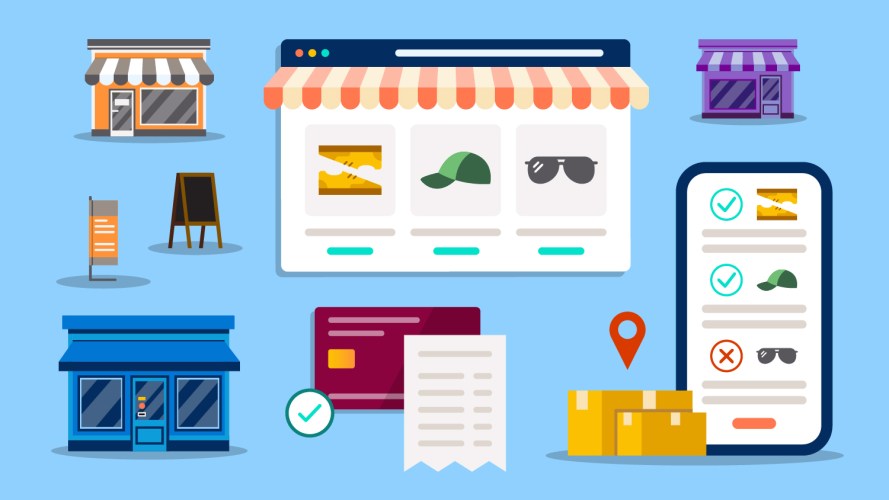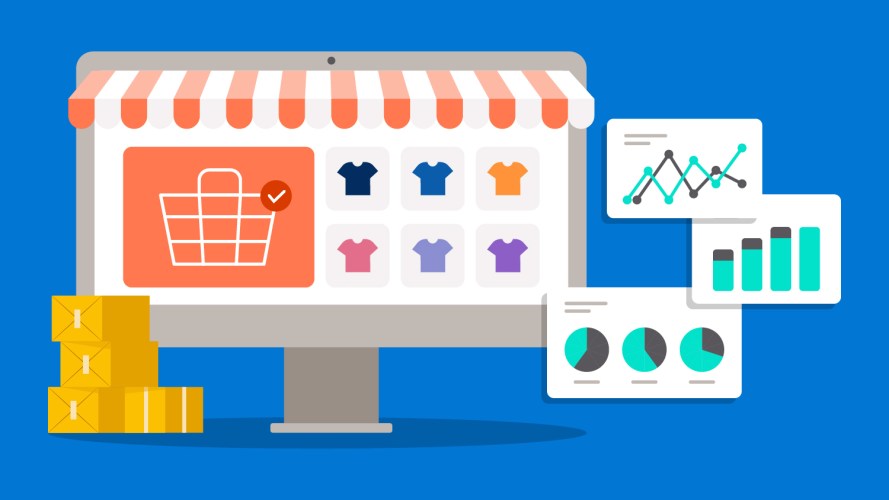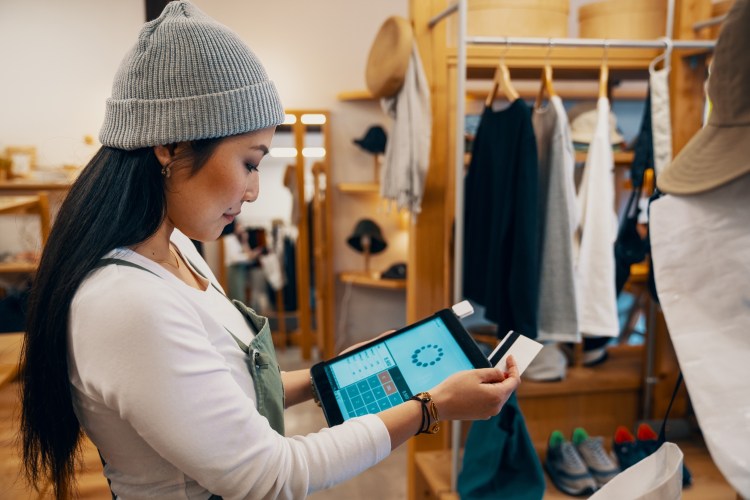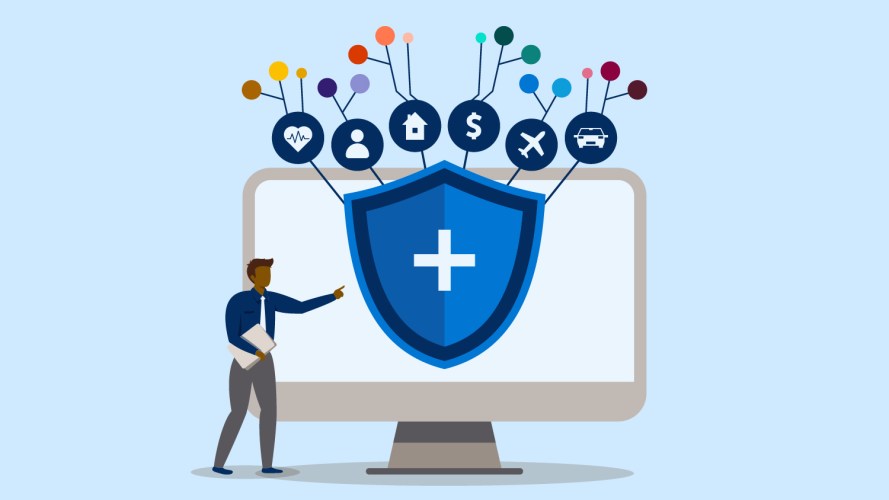How Omni-Channel Order Management Is Changing the Retail Landscape



Few things matter to consumers more than convenience. Keep them happy with a common commerce platform with a single order management system for a holistic, real-time, personalized customer-centric experience.

Amanda Hatker
For every new channel, device, and platform for shopping, brands must quickly implement technologies to stay on top of orders. Consumers and business buyers turn to an average of nine channels to make purchases — and they expect the entire process from order placement to delivery to be seamless. Omni-channel order management is crucial to hit the moving target of customers’ rising expectations.
Ready to get started with order management?
Learn how to streamline systems beyond the buy button.



Omni-channel order management untangles integrated retail
Order management is not just about processing orders. It integrates all of the customer-facing systems that impact purchase and post-purchase. And the best omni-channel order management systems integrate directly into ecommerce systems.
The multi-channel, multi-platform way we shop can wreak havoc on older order management systems that aren’t enmeshed with a brands’ ecommerce platform. Why? Because it can involve manual workarounds, form submissions, brittle technology integrations, and more. This creates potential for botched returns, missing orders, delays, and, of course, frustrated customers. B2B orders add complexity with higher volume, inventory segmentation per supplier, and longer living orders. However, along with these unique B2B challenges come great opportunities — for higher revenue, more loyal customers, and competing on customer experience.
There’s a mind-boggling web of systems that govern orders and inventory – and fortunately, those systems are getting smarter. With next-generation order management, retail leaders can integrate order capture and fulfillment between physical stores and online.
Reduce costs and improve oversight of inventory
Retailers are constantly under pressure to hold down shipping costs. Wholesalers need to meet the demands of buyers who want to be treated like B2C shoppers. And customers want orders as quickly as possible from nearby stores. Order management systems can help activate all inventory — both in-store and in warehouses — to be sold online. Smart, streamlined systems can also prioritize shipping across short distances to save costs.
Omni-channel order management can streamline and smooth returns
Shoppers returned $428 billion in merchandise in 2020, and returns have become the bane of retailers’ existence. Still, it’s in retailers’ best interest to ensure seamless returns in a store or using self-service tools. Order management can help retailers accept returns and initiate exchanges. With tight integration into ecommerce, order management connects shoppers to their order history and smooth experiences.
Personalize shopping experiences across all channels
Integrated order management helps brands bridge online and in-store experiences and provides a single view of customers’ preferences, purchases, and order information. With that data, brands can create personalized experiences and enable tailored buy-online-pick-up-in-store (BOPIS) or endless aisle solutions that drive revenue. Insights and information can also be shared with store associates to help them provide better service at brick-and-mortar locations.
Consumers expect a personalized, channel-agnostic experience in real time. Retailers can reap the benefits of visibility into transaction history regardless of how the customer shopped. With a unified commerce platform, integrated with order management and store partners, retailers can achieve a truly connected experience across channels.
How Salesforce Order Management can help
Salesforce Order Management helps you deliver fast and easy shipping, transparent order status, and hassle-free returns at scale, all powered by the world’s #1 CRM. In addition to Salesforce, partners like Mad Mobile, Proximity Insight, Bringg, and PredictSpring work with Salesforce Order Management to bridge this gap between digital and physical. Their point-of-sale and clienteling solutions integrate in-store, digital store, and order management systems.
Get to know Salesforce Order Management
Meet our single platform for managing orders, customer records, fulfillment, payments, and more.


























